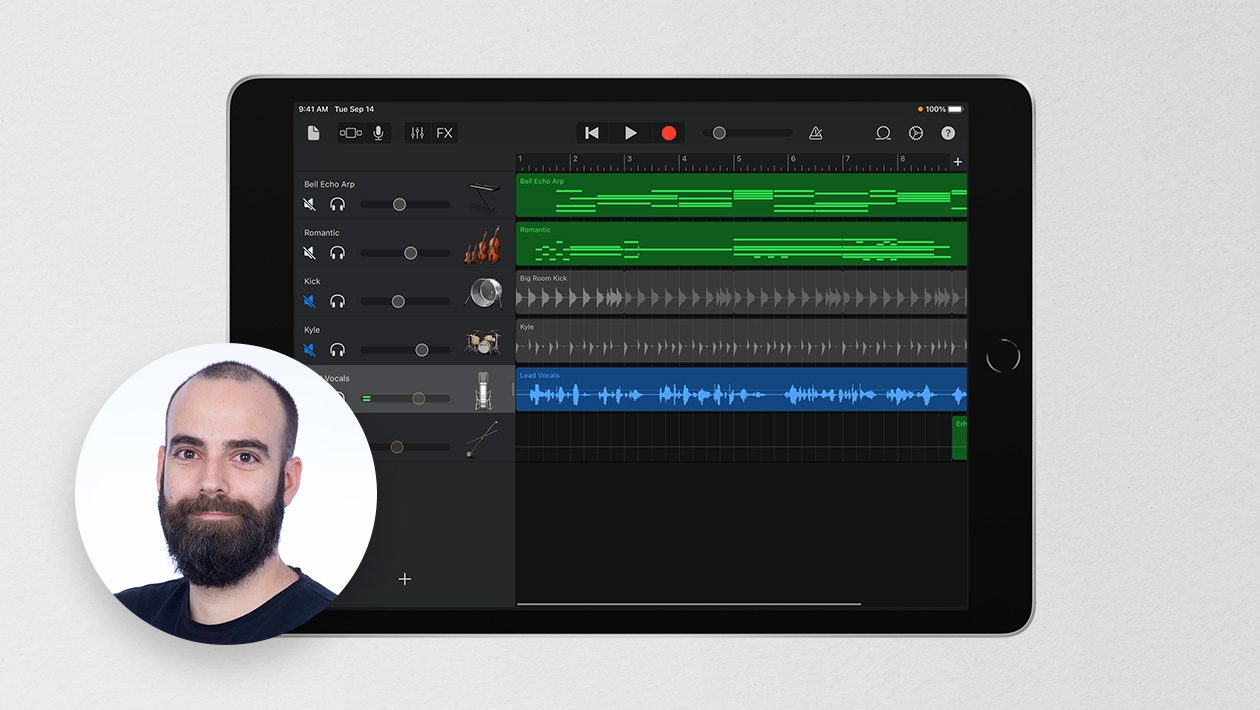Developing fluency and expression when reading (prosody) is an important component of early literacy and developing language proficiency. This lesson could be used in small groups with primary learners as young as kindergarten, working towards independence in first and second grades.
Recording an original poem in GarageBand supports the four language domains: writing, reading, speaking, and listening. When learners practice again and again before recording, they are reinforcing reading with fluency and expression. Adding in loops adds meaning and context to support vocabulary and language acquisition - plus, they’re fun!
After completing a shared class writing or writing independently to author an original poem, students can practice independently, then in pairs to prepare for recording. Each repetition strengthens students’ reading skills, helping them to read smoothly and with expression. They may even begin to memorize the poem, which makes recording and editing their audio even easier! Through this process they are developing in their writing, reading, and speaking skills. When paired up to practice with a partner, and finally, when sharing their recording with peers, they also grow their critical listening skills. All of these are key components in developing strong readers in the primary classroom and beyond.
Writing is a great way to make cross-curricular connections. In this lesson, students used the structure of what they’d learned about the 5 senses, and combined that with animal research to create their class poem, which also reinforces new vocabulary they’ve been acquiring. Shared writing is perfect for emerging writers and since all students are recording the same text, students are able to practice reading together as a whole class first with the teacher, for scaffolded support.
GarageBand has many features that enhance this task and engage students in the lesson. After recording, try splitting the clip to apply different voices, and search Loops to add sound effects that bring the writing to life!
Once students understand the recording and editing process, this could become part of a literacy center rotation, with students recording independently and sharing back with the teacher. This provides teachers with an authentic artifact to assess fluency progress.
This lesson could be used with a variety of content connections and skills through the writing component. Some additional poetry ideas:
💡Focus on using words with a specific sound or spelling pattern
💡Describe a number, or a group of numbers (ex: odd & even)
💡Write a poem about a 2D or 3D shape
💡Explain the life cycle of a plant or animal
What other ideas do you have for how students can use poetry and GarageBand to build fluency skills?
Learn how, and explore more Everyone Can Create Projects >













September 08, 2023 . English
English
Lots of great easy ideas for using recording in GarageBand in the classroom. Thanks!
This action is unavailable while under moderation.
This action is unavailable while under moderation.